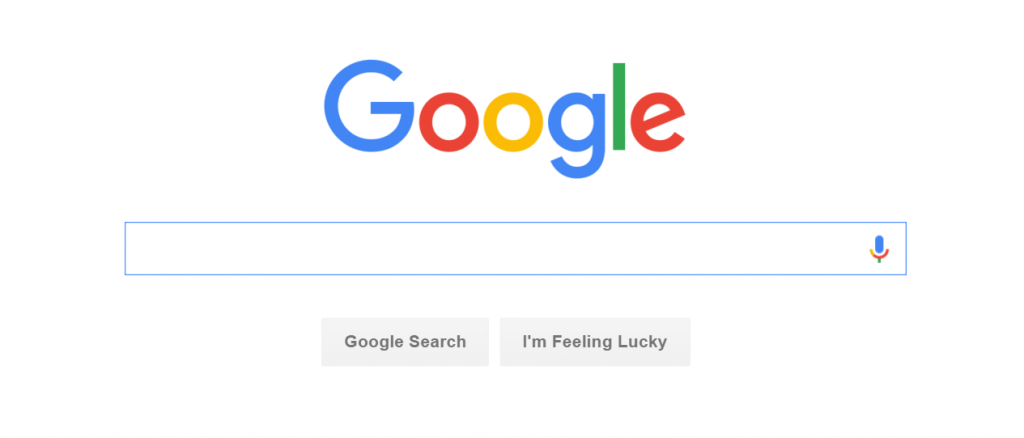Whether you are starting a website from scratch or revising previous design situations, the way code is implemented on your website can have a big impact on the performance of your site on mobile devices. The words “code implementation” may make some non-technical professionals want to turn in the other direction to find a cute puppy or kitten video on YouTube, but it’s still an important decision for your website regardless of your level of expertise in the IT field. The reason for this is the growing presence of people’s use of mobile devices to access the Internet. If you’re not reaching these people, you are losing out on a growing segment of the marketplace that could one day easily replace desktop users completely.
For those who still feel that we’re speaking a foreign language when it comes to coding, the simplest solution is the best one for you in this instance. When Google released its new rules regarding coding implementation last year, they suggested what is known as “responsive design” to be the preferred choice for its browser. As ClickSeed explains, “Responsive design delivers the same code to the browser on a single URL for each page, regardless of device, and adjusts the display in a fluid manner to fit varying display size.” Easy enough—make responsive design the way your website implements coding, and both Desktop users and Mobile users will see the same content, just in a different manner given the screen size. So why would you choose something different? Two things: responsive design may create a slower experience for the mobile user if the webpage load is too big, which is a big no-no in the speedy world of mobile. In addition, responsive design discards the opportunity of designing a truly mobile experience for your visitors.
There are two other methods to try other than responsive design to give your visitors a more diverse field of options. For those not afraid of higher maintenance costs, separate URLs (website addresses) for Desktop and Mobile is an option. In this case, the mobile site is in a sub-domain of the main site (or some other kind of similar configuration), and this allows for more customization of the mobile platform. The drawbacks are obvious – the aforementioned higher cost along with the increased difficulty of monitoring for duplicate content on both sites. Those choosing this route are accepting higher upkeep for a richer overall experience for mobile users.
The final option is a hybrid choice between responsive design and separate URLs: dynamic serving. In this case, you are using the same URL for Desktop and Mobile, but the server knows to deliver different content depending on the device. At first this option seems like the best of both worlds: you’re able to customize the mobile experience while also keeping everything on one URL. However, the cost here comes in the dramatic increase of technical resources needed to operate dynamic serving. You will want someone who absolutely knows what they’re doing to implement this, and the upkeep is comparable to having separate URLs. In the future, dynamic serving may become an increasingly popular option as the cost and technical requirements for advanced computing continue to decline.
So which implementation is right for you? Do you have it all figured out, or are you still reaching for your YouTube bookmark to get a cute animal video fix? Regardless of your level of technical expertise, it’s still a very good idea to connect with web development experts in order to make the best decision for your business. Sun Sign Designs has been studying Mobile SEO before it became the phenomenon it is today, and we are ready to help you in this growing development in the online marketing field. Reach out to us now!






